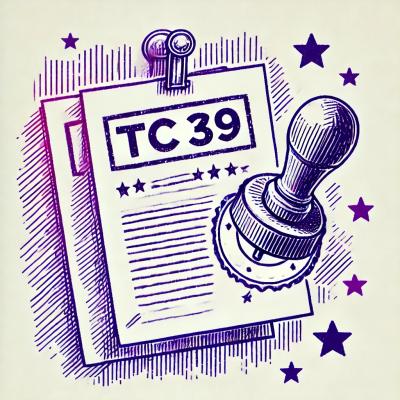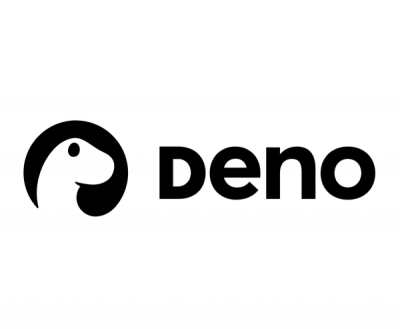
Clarifai Node.js gRPC Client
This is the official Clarifai gRPC Node.js client for interacting with our powerful recognition
API.
Clarifai provides a platform for data scientists, developers, researchers and enterprises to master the entire
artificial intelligence lifecycle. Gather valuable business insights from images, video and text using computer vision
and natural language processing.


Installation
npm install clarifai-nodejs-grpc
Versioning
This library doesn't use semantic versioning. The first two version numbers (X.Y out of X.Y.Z) follow the API (backend) versioning, and
whenever the API gets updated, this library follows it.
The third version number (Z out of X.Y.Z) is used by this library for any independent releases of library-specific improvements and bug fixes.
Getting started
There are two approaches to using this library: the dynamic and the static. The former has been around for a longer
time, but latter provides type annotations via TypeScript declaration files which improves the IDE auto-completion
experience to be more developer-friendly. Both approaches provide the exact same API capabilities.
The dynamic approach
Construct the Clarifai stub, which contains all the methods available in the Clarifai API, and the Metadata
object that's used to authenticate:
const {ClarifaiStub, grpc} = require("clarifai-nodejs-grpc");
const stub = ClarifaiStub.grpc();
const metadata = new grpc.Metadata();
metadata.set("authorization", "Key YOUR_CLARIFAI_API_KEY");
Predict concepts in an image:
stub.PostModelOutputs(
{
model_id: "aaa03c23b3724a16a56b629203edc62c",
inputs: [{data: {image: {url: "https://samples.clarifai.com/dog2.jpeg"}}}]
},
metadata,
(err, response) => {
if (err) {
console.log("Error: " + err);
return;
}
if (response.status.code !== 10000) {
console.log("Received failed status: " + response.status.description + "\n" + response.status.details);
return;
}
console.log("Predicted concepts, with confidence values:")
for (const c of response.outputs[0].data.concepts) {
console.log(c.name + ": " + c.value);
}
}
);
See more in the Clarifai API Guide docs. Also see
the integration tests.
Note: Do not require the grpc library directly via const grpc = require("@grpc/grpc-js");. This produces
authentication issues (via grpc.Metadata) whenever any other co-installed libraries have the @grpc/grpc-js
dependency (of a different version). Instead, require grpc as shown above.
The static approach
Create the V2Client object with which you access all the Clarifai API functionality, and the Metadata
object that's used to authenticate:
const {grpc} = require("clarifai-nodejs-grpc");
const service = require("clarifai-nodejs-grpc/proto/clarifai/api/service_pb");
const resources = require("clarifai-nodejs-grpc/proto/clarifai/api/resources_pb");
const {StatusCode} = require("clarifai-nodejs-grpc/proto/clarifai/api/status/status_code_pb");
const {V2Client} = require("clarifai-nodejs-grpc/proto/clarifai/api/service_grpc_pb");
const clarifai = new V2Client("api.clarifai.com", grpc.ChannelCredentials.createSsl());
const metadata = new grpc.Metadata();
metadata.set("authorization", "Key YOUR_CLARIFAI_API_KEY");
Predict concepts in an image:
const request = new service.PostModelOutputsRequest();
request.setModelId("aaa03c23b3724a16a56b629203edc62c");
request.addInputs(
new resources.Input()
.setData(
new resources.Data()
.setImage(
new resources.Image()
.setUrl("https://samples.clarifai.com/dog2.jpeg")
)
)
)
clarifai.postModelOutputs(
request,
metadata,
(error, response) => {
if (error) {
throw error;
}
if (response.getStatus().getCode() !== StatusCode.SUCCESS) {
throw "Error: " + response.getStatus();
}
console.log("Predicted concepts, with confidence values:")
for (const concept of response.getOutputsList()[0].getData().getConceptsList()) {
console.log(concept.getName() + " " + concept.getValue());
}
}
)
See more in the Clarifai API Guide docs. Also see
the integration tests.
Note: Currently, the NodeJS gRPC code examples in the Clarifai documentation
show only the dynamic approach. These code examples can easily be translated to the static approach, since the structure
is the same for both of them. The difference is only in the syntax.




